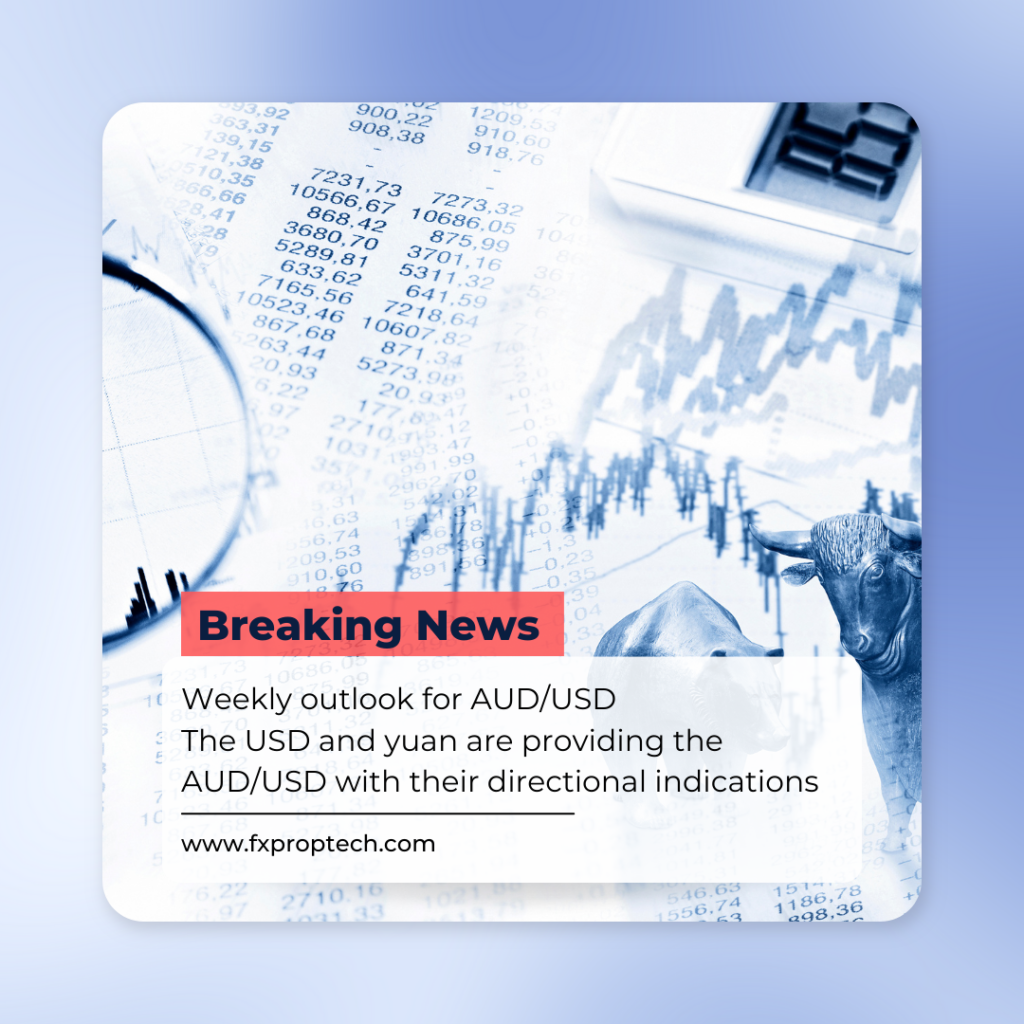- The USD and yuan are providing the AUD/USD with their directional indications, but US data continues to influence market sentiment overall.
- The US CPI is the primary economic event, while the Australian jobs report is the most important domestic event.
- Last week, the Australian dollar was down against all bar the GBP, reaching a 4-year low.
- RBA cash rate futures indicate a 78% probability of an RBA drop in February in response to lower timed-mean inflation.
Friday’s solid NFP report drove the AUD/USD to a 4-year low and provided another damage to waning expectations of Fed cutbacks. Prior to the NFP news, markets were only beginning to factor in two Fed cuts this year. Furthermore, it is also conceivable that there won’t be any cuts in 2025 given indications of inflationary pressures increasing before Trump’s return to the White House. This implies that the primary factor influencing sentiment generally continues to be incoming US data.
The most significant will be the US CPI, which is scheduled to be announced on Thursday at 00:30 (Sydney time). Given that core inflation is predicted to decline to 0.2% m/m, a reading of 0.3% or higher could indicate more difficulties for the Australian dollar. In order to raise yields, speculators will probably keep bidding on a strong USD and sell off bonds.
Given the strength of the US economy and the uncertainties surrounding Trump’s proposals, it is hard to see how a number of FOMC and Fed members could deliver a convincingly dovish tone when they hit the wires this week. Simply put, however, solid US data is likely to maintain selling pressure on the AUD/USD.
The most important domestic event on the calendar is Australia’s employment report, which is released on Thursday. Additionally, given the enthusiasm surrounding last week’s weaker trimmed-mean result (which is currently 0.2% points above the RBA’s 2-3% zone), Aussie bears could be triggered by even minor indications of weakness. However, unless Australian companies laid off employees for Christmas, I expect to see another strong set of numbers. However, we need to see weaker quarterly CPI data in a few weeks before we can be certain that a February drop is certain, even though RBA cash rate futures currently indicate a 78% possibility of one.
Along with the regular retail sales, industrial production, unemployment, and investment data, China’s Q4 GDP report is released on Friday. Although they are certainly worth examining, traders are probably going to focus more on incoming leading indicators to determine whether or not recently announced stimulus is having an effect.
Market positioning for AUD/USD futures based on the COT report:
We’re examining how traders were positioned in the last week of 2024 because of the data delays brought on by public holidays throughout the holiday season. This serves as a good summary for the time being, however, the most recent set of data will be made public overnight.
The net-short position of large speculators to AUD/USD futures rose to a 33-week high.
Asset managers remained net-short for the eleventh week, which was around their most pessimistic level in just over six months, even though they reduced their net-short position by -1.4k contracts.
AUD/USD technical analysis
The AUD/USD exchange rate has dropped 11 and increased just three times in the last 14 weeks. Conventional indicators can indicate that the market is oversold, but macro trends like the one we’re seeing don’t care much about them. And it is demonstrated by the fact that on week 14, a bearish outer candle formed at a 4-year low.
In four weeks, the AUD/USD pair might be in the mid-50s if the implied volatility levels are accurate. This is special because we haven’t seen the Australian dollar drop below 60 degrees Celsius without causing a systemic shock like COVID, the Great Financial Crisis, or the Nasdaq bubble burst.
As long as prices stay below 63c, the daily trend is clearly bearish and probably favors bears fading into small rallies. It is possible that this week’s test could reach 61c, a break below which bears will focus on the 2008 (GFC) and April 2020 lows.

